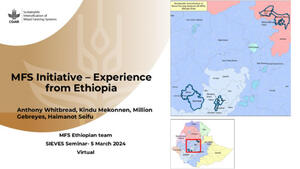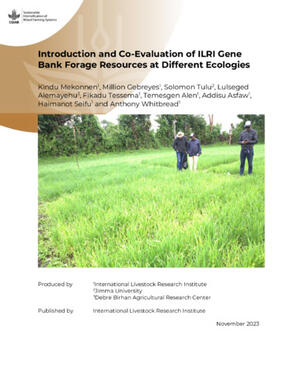
Comparing statistical and participatory clustering of smallholder farming systems
 A practical way of dealing with smallholder heterogeneity is to stratify farming systems into subsets or groups according to specific criteria. Farm typologies attempt to perform such groupings. The purposes can be to analyse agricultural trajectories in selection farms, to target and scale-out innovations, and to scale-up impact assessment of projects.
A practical way of dealing with smallholder heterogeneity is to stratify farming systems into subsets or groups according to specific criteria. Farm typologies attempt to perform such groupings. The purposes can be to analyse agricultural trajectories in selection farms, to target and scale-out innovations, and to scale-up impact assessment of projects.
Statistical methods are based on quantitative data, according to standard scientific protocols with the choice of variables usually determined by the researcher who attempts to make the results ‘objective’, reproducible and transferable.
Participatory typologies incorporate the qualitative/ subjective processes (motivations, meaning-making etc.) behind the patterns of behaviour, relationships and strategies of the participants into the typology. The participants usually determine the criteria for grouping and the attention paid to the local context and it is rooted in local reality. The challenge is to find an effective and efficient method of grouping of farms to contribute to the selected typology purpose.
This evidence brief shared findings of a survey-based, statistical typology and a participatory typology method in the northern region of Ghana.
















